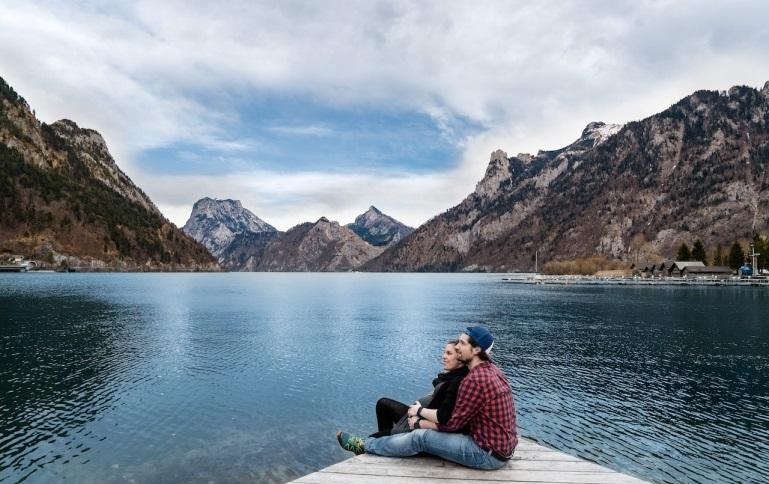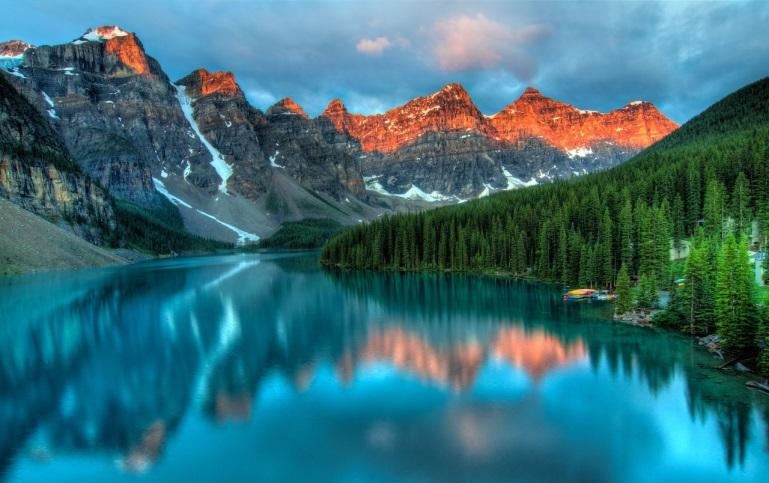Spontaneity is the spice of life. It keeps things fun and fresh. It keeps life exciting. Everything becomes one big adventure.
Do you know what’s not fun, though? Getting to your destination after a 12-hour flight and realizing the hotel is fully booked, and so are all the ones within a 10-mile radius.
What’s not fun is getting to your vacation rental and realizing you forgot to pack your toddler’s “blankie.” Now, they can’t sleep, which means you can’t sleep either.
Spontaneity is great in some scenarios. It’s not so great if you’re going away on vacation for a month.
In this guide, we explore how to plan a family vacation in the mountains and how far in advance you should start making preparations. Read on.
When to Start Planning a Year in Advance
Planning a family vacation in the mountains a year in advance may sound like a long time out. It’s not. There are several variables at play that you need to factor into your plans. We don’t mean getting out the suitcases and loading them up with winter gear just to have them sit in the corner for a year. That would be premature. What we mean is high-level planning.
Availability
First, you need to consider availability. High-traffic destinations like Aspen often have limited availability at certain times of the year. You need to identify a tentative date and duration of travel, depending on your trip itinerary. Find out if your planned lodging is available for your desired period, and determine how far in advance you’re required to commit.
Accessibility
Next, you need to consider accessibility. Some mountain destinations may restrict access for various reasons, the most common being visitor limits. It is not unusual for people to book their mountain trip 12 months in advance.
You might go online to book a stay at a ski resort six months out, only to find that the permitted visitor limits set by the area authorities were reached months before. You might even find the waitlist already full and that the next available opening is – you guessed it – 12 months later.
Complexity of Itinerary
The other thing you need to consider is your itinerary’s complexity. What activities do you have planned for your family on your mountain getaway? Do you intend to go skiing only? Do you have plans to go skiing and sightseeing?
Do you plan to go skiing, sightseeing, snowboarding, snowshoeing, tubing, hiking, mountain biking, shopping, wining-tasting, dining, etc.? Do you intend to do all these activities at one location or multiple locations? In the case of the latter, how do you intend to get around while you’re there?
Do you have plans to enroll your child at a Ski & Ride School where they can learn how to conquer the slopes? How far out do you need to book them a slot?
The long and the short of it is—the complexity of your vacation itinerary will determine how far in advance you’ll need to start making arrangements or, at the very least, inquiries.
Size of Traveling Group
The other thing you need to consider is the size of the group traveling. The larger the size of the group, the more complicated things get when planning a family vacation in the mountains. It’s not a problem per se when planning a trip for you, your significant other, and your brood. However, when planning a mountain vacation for your nuclear family, your siblings’ families, your friends and their families, and your friends’ friends’ families — things can get out of hand pretty quickly.
It gets even more complicated when figuring out accommodation. Most places only have a handful of villas that can accommodate a specific number of people. When traveling as a large group, getting the required number of villas in the desired location is only possible if you book a year in advance. Otherwise, you might have to contend with having some groups in Boulder and others in Crested Butte.
One thing to always remember is: The best accommodation is always in limited supply. If you want to ensure that you get the best possible hotel or vacation rental to stay at—with regard to price, quality, location, and proximity to critical amenities—you’ll need to start planning a year in advance before all the good ones are snatched up.
How to Plan a Trip to the Mountains: What to Do 12 Months Out
When you’re a year out from your mountain getaway, that’s the time to focus on the key elements of your planned family vacation in the mountains. Choose the specific places you want to visit and how long you intend to stay at each location. Identify the hotels and vacation rentals in that region, figure out your non-negotiables, and weigh the pros and cons of each accommodation.
Where you stay is crucial in whether or not you enjoy your trip. You’re better off booking a fabulous place a year in advance and paying a small cancellation fee if you change your mind than staying at a mediocre establishment all because you waited too long to make a reservation somewhere better.
If you hope to save money on flight tickets or use up your points, now is the time to do so. If your planned travel dates are on holidays such as Thanksgiving, Christmas, and New Year’s, you absolutely need to book your tickets a year in advance.
If there’s a special element in your trip; a very rare event you would love to experience in the mountain town; a restaurant with a world-famous Michelin Star chef; something that you would deeply regret if you missed out on it – you need to book at least 12 months in advance. This is when you identify your non-negotiables before continuing the process any further.
What to Do Six to 12 Months Out

When you’re roughly six months out, that’s the time to get into the nitty-gritty. This is when you start making reservations for the variables that bring the trip together. We’re talking—car rentals, drivers, guides, etc.
This is also the time to track flights for planned trips (local and international). You’ll find the cheapest air tickets five to six months ahead of your planned travel dates. Tracking flights and their respective airfare gives you plenty of options for local transfers.
What to Do One to Three Months Out
When you’re three months out, that’s the time to start filling out your itinerary for easier-to-get reservations. Think—museum tours, local restaurant reservations, vehicle bookings, wine/beer-tasting bookings, after-hours entry to a site with special historical significance, etc.
This is when you get into the blow-by-blow specifics of how you intend to spend each day of your trip and then make the necessary bookings to ensure your plans come to fruition. Keep in mind that some places don’t allow reservations too far in advance. Find out the earliest possible time you’re allowed to book, then make the reservation as soon as that date rolls around.
Tips for a Successful Trip to the Mountains
When planning a family vacation in the mountains, here are a few things to keep in mind to ensure your trip goes off without a hitch.
Choose the Places You’d Like to Visit
This one is a no-brainer. Choose the places you’d like to go and do your due diligence to find as much information as possible about them. Check that the cost of visiting those places fits your budget. If not, adjust accordingly.
Park Smart
The weather in the mountains can be extremely erratic. It can go from being extremely cold to extremely hot the next. Ensure the clothes you pack are suited to both conditions.
Aside from clothes, you need to pack the right equipment based on the activities you intend to do there. This is especially important for hikers, skiers, and other adventure-loving holidaymakers. To avoid over-packing, consider renting the equipment you need from the resort you’ll be staying at. Carry what you’ll need.
Hire a Tour Guide
If you have a packed itinerary, hiring a mountain guide is the best way to make the most of your vacation. They know all the popular spots to visit and will optimize your itinerary to ensure you don’t miss out on locations tourists love.
If you intend to go on hiking trails, the local guide’s knowledge of the area’s topography and terrain will come in handy to ensure you invest your time, energy, and resources wisely for the best-possible mountain experience.
Beware Altitude Sickness
The low oxygen levels at higher altitudes can cause altitude sickness. This manifests as general body weakness, trouble sleeping, headache, and nausea. If you feel these symptoms, don’t proceed to higher elevations. If, after an hour or so, the symptoms don’t improve, descend to a lower elevation and get as much rest as you can. Seek medical attention if the symptoms don’t improve after three hours.
Pack altitude sickness medication before leaving for your mountain trip. It usually takes the body two to three days to adjust to the lower oxygen levels. The medication can help relieve the symptoms as you wait for your body to acclimatize.
Stay Hydrated
The low-temperature conditions in the mountains will make you feel less thirsty. For this reason, you can easily get dehydrated without realizing it. Ensure you bring enough water during outdoor excursions and sip it regularly, even when you’re not thirsty.
Whatever you do, do not drink spring water. It sounds and looks clean, but far from it. The last thing you need is for your vacation to be ruined by a stomach infection. Only drink bottled water.
In the meantime, check out this in-depth guide on the best mountain town family vacation spots you must visit at least once.








